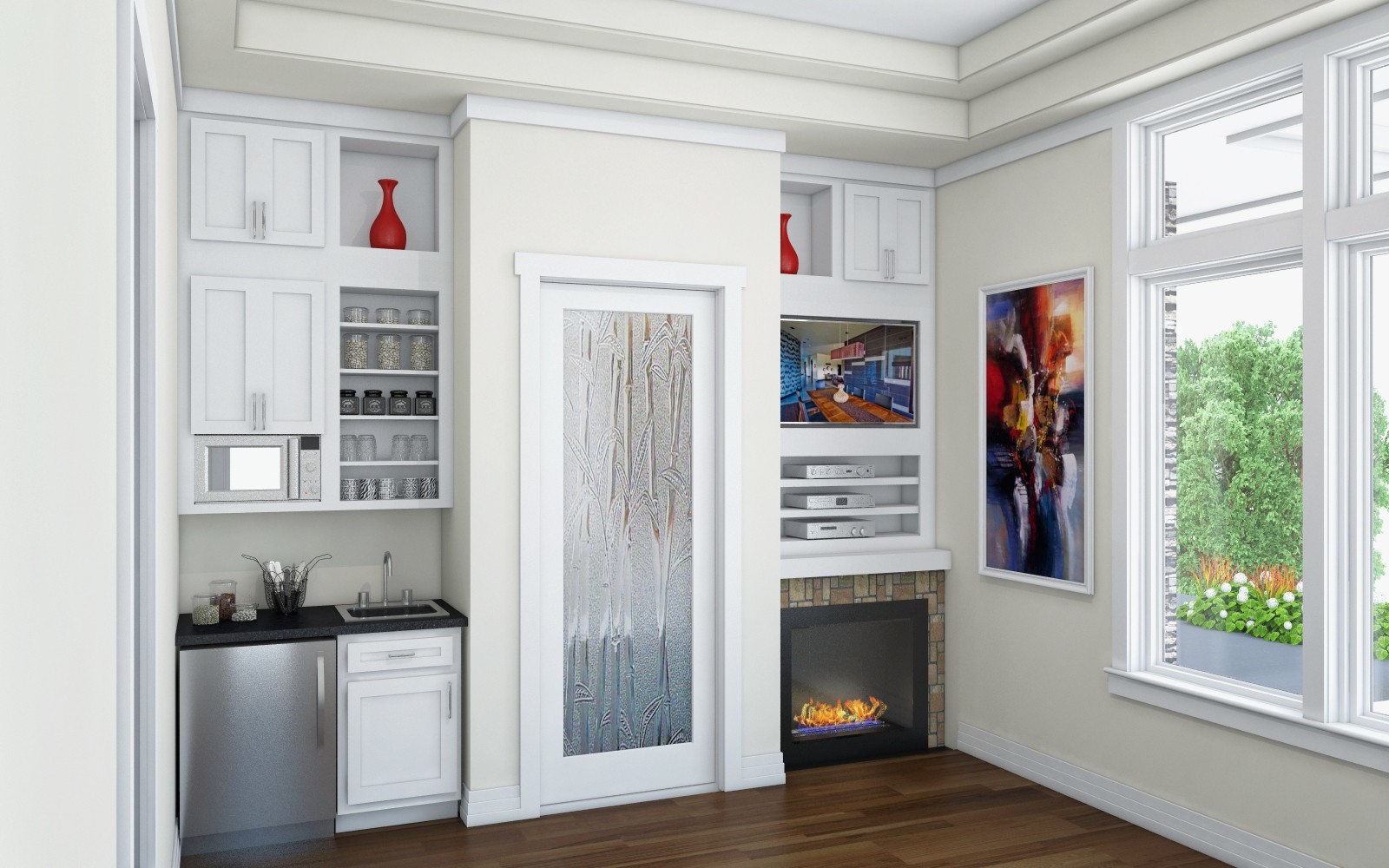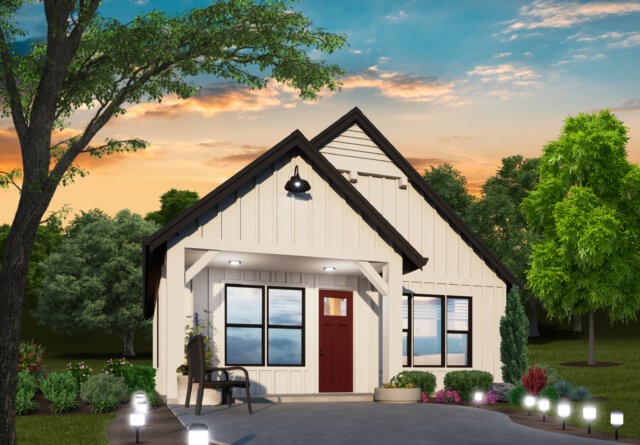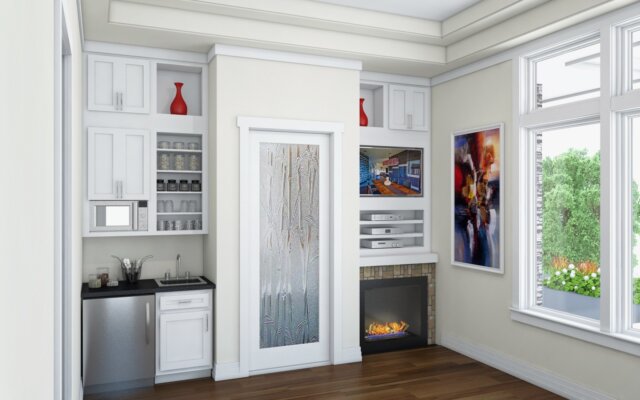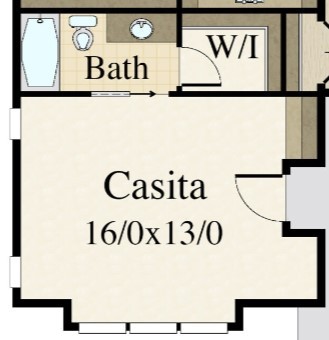Benefits of Building an ADU For Your Home

The Advantages of Constructing an ADU for Your Residence
Ever since the onset of the housing crisis in the United States, Accessory Dwelling Units (ADUs) have emerged as a vital solution, providing a much-needed boost to the rental market and addressing the scarcity of housing supply. ADUs have proven to be a highly effective means of introducing new housing options to the market, as they offer lower construction costs and quicker completion times compared to traditional homes. In this article, we delve into the realm of Accessory Dwelling Units, shedding light on the myriad benefits they bestow upon homeowners and communities across the nation.
ADUs and the Admiration of Urban Planners
 The prevalent challenge in the United States housing landscape lies in the limited availability of land within cities, impeding the construction of new homes. ADUs, however, present a viable solution to this predicament. These housing units are considerably smaller in size compared to the typical 1,200 square foot house plan, and can even be erected in the backyards of homes situated in cities like Portland, Austin, Encinitas, San Francisco, Palo Alto, as well as various other locations across the country.
The prevalent challenge in the United States housing landscape lies in the limited availability of land within cities, impeding the construction of new homes. ADUs, however, present a viable solution to this predicament. These housing units are considerably smaller in size compared to the typical 1,200 square foot house plan, and can even be erected in the backyards of homes situated in cities like Portland, Austin, Encinitas, San Francisco, Palo Alto, as well as various other locations across the country.
Urban planners hold a deep appreciation for Accessory Dwelling Units due to their capacity to promptly address the critical issue of housing scarcity in areas where it is acutely felt. In California, for instance, numerous cities, including Los Angeles, are simplifying the process of ADU construction, recognizing them as an indispensable remedy for the housing crisis.
Since 2016, Portland, Oregon has been dedicated to facilitating the construction of ADUs on residential properties. The city actively collaborates with homeowners, encouraging them to build energy-efficient ADUs that face the alleys, thereby aligning with the goals outlined in Portland’s 2012 Climate Action Plan. By doing so, Portland remains steadfast in its commitment to environmental sustainability while simultaneously contributing to the resolution of the housing predicament.
Portland is not alone in its endorsement of ADU development. Mendocino County, for instance, recently published a comprehensive set of architectural plans, available for free on their website, enabling individuals interested in constructing ADUs to access and utilize these plans in their endeavors.
Beyond their contributions to addressing the housing crisis, ADUs also hold great appeal for families with aging parents or relatives. These additional living spaces afford families the opportunity to create separate “homes” for their parents, in-laws, or family members, without the need for them to be physically integrated into the main house.
In essence, Accessory Dwelling Units have emerged as a powerful solution to the housing crisis, presenting numerous advantages to homeowners and communities alike. By embracing ADUs, cities can effectively overcome the challenges of limited land availability, while simultaneously fostering sustainable practices and accommodating the diverse needs of families.
The Economic Advantages of Accessory Dwelling Units
Accessory Dwelling Units (ADUs) not only offer a multitude of benefits to homeowners and the cities in which they are constructed but also provide significant economic advantages, including the potential to increase the local community’s tax base without expanding urban sprawl.
Major cities throughout the United States have experienced rapid growth since the 1970s, leading to an increased demand for infrastructure such as roads, bridges, and housing to accommodate the influx of new residents. However, with the introduction of ADUs, cities can avoid the need for extensive urban sprawl by utilizing existing housing footprints to incorporate additional housing units. This approach proves particularly beneficial as it allows for the expansion of the local community without encroaching upon undeveloped lands.
Furthermore, ADUs contribute to expediting the sale of vacant homes. Prospective buyers are often enticed by the idea of offsetting their mortgage payments by renting out the ADU located on the property they intend to purchase. Consequently, the presence of an ADU can enhance the marketability of a property, making it more appealing to potential buyers and facilitating a faster sales process.
Fostering Supportive Family Environments
 As previously mentioned, one of the significant advantages of constructing an ADU on a homeowner’s property is the ability to create a comfortable living space for aging parents or relatives. Given the increasing lifespan of individuals in today’s society, providing a separate “home” for elderly family members has become crucial. ADUs fulfill this need by offering a private and independent living arrangement, enabling aging parents or relatives to maintain their autonomy while residing close to their loved ones.
As previously mentioned, one of the significant advantages of constructing an ADU on a homeowner’s property is the ability to create a comfortable living space for aging parents or relatives. Given the increasing lifespan of individuals in today’s society, providing a separate “home” for elderly family members has become crucial. ADUs fulfill this need by offering a private and independent living arrangement, enabling aging parents or relatives to maintain their autonomy while residing close to their loved ones.
In addition to supporting aging family members, ADUs also address the growing trend of adult children in their thirties who continue to live with their parents. Recent studies have shown a notable increase in the number of young adults opting to reside in their parental homes. By constructing an Accessory Dwelling Unit, parents can provide their adult children with a self-contained living space, granting them a sense of independence while remaining within close proximity to their family support network.
By incorporating an ADU on their property, such as a Casita, parents can offer their adult children a comfortable living environment while ensuring privacy and autonomy. This arrangement fosters a supportive family dynamic, allowing parents and children to maintain close bonds while facilitating personal growth and development.
In summary, Accessory Dwelling Units present homeowners and communities with numerous economic advantages. They allow for the expansion of housing options without increasing urban sprawl, contribute to the expedited sale of properties, and enable families to create supportive living environments for both aging parents and adult children. The utilization of ADUs proves to be a wise and beneficial choice for homeowners seeking to enhance their financial standing while promoting familial harmony.
Varieties of Accessory Dwelling Units
In the year 2023, the popular perception of accessory dwelling units (ADUs) primarily revolves around cottages or tiny homes that can be conveniently transported to any property. However, it is essential to acknowledge that ADUs can assume various forms beyond these stereotypical images. They encompass a diverse range of options, including garage apartments, casitas, tiny homes, and micro-apartments.
While there are numerous benefits that homeowners derive from having an ADU on their property, it is imperative to highlight the advantage that an Accessory Dwelling Unit can offer as a rental property. By utilizing ADUs as Airbnb rentals or long-term rental units, homeowners, particularly retirees who have experienced declining income since the 2008 recession, can generate additional revenue streams.
One notable benefit of having an ADU on one’s property is the convenience it provides in terms of managing the rental. Unlike traditional rental properties that may require owners to commute across town to address issues or carry out maintenance tasks, an ADU situated on the homeowner’s land allows for effortless management. Homeowners can handle the Accessory Dwelling Unit themselves, eliminating the typical hassles associated with remote property management.
Cost Considerations and Timelines
 The cost of building an ADU varies depending on the specific type desired, with prices ranging from as low as $20,000 to $100,000 or even more. An article recently published sheds light on the median cost of constructing an ADU in the Portland area, which stands at approximately $90,000. Homeowners embarking on an ADU project should thoroughly research all associated expenses and enlist the services of an experienced contractor well-versed in constructing such units.
The cost of building an ADU varies depending on the specific type desired, with prices ranging from as low as $20,000 to $100,000 or even more. An article recently published sheds light on the median cost of constructing an ADU in the Portland area, which stands at approximately $90,000. Homeowners embarking on an ADU project should thoroughly research all associated expenses and enlist the services of an experienced contractor well-versed in constructing such units.
Once a homeowner decides to proceed with building an ADU on their property, they should be prepared for a waiting period, as the timeframe for completion can extend up to 36 weeks, contingent upon the regulations and processes of the city or jurisdiction in which the ADU is located.
Looking ahead to the future, it is highly likely that we will witness a surge in the prevalence of ADUs in residential backyards throughout the United States in the coming years and beyond. Their affordability as a means of increasing housing supply, coupled with the wide array of benefits they offer to homeowners and communities alike, positions ADUs as a promising solution in the quest for accessible housing options.
